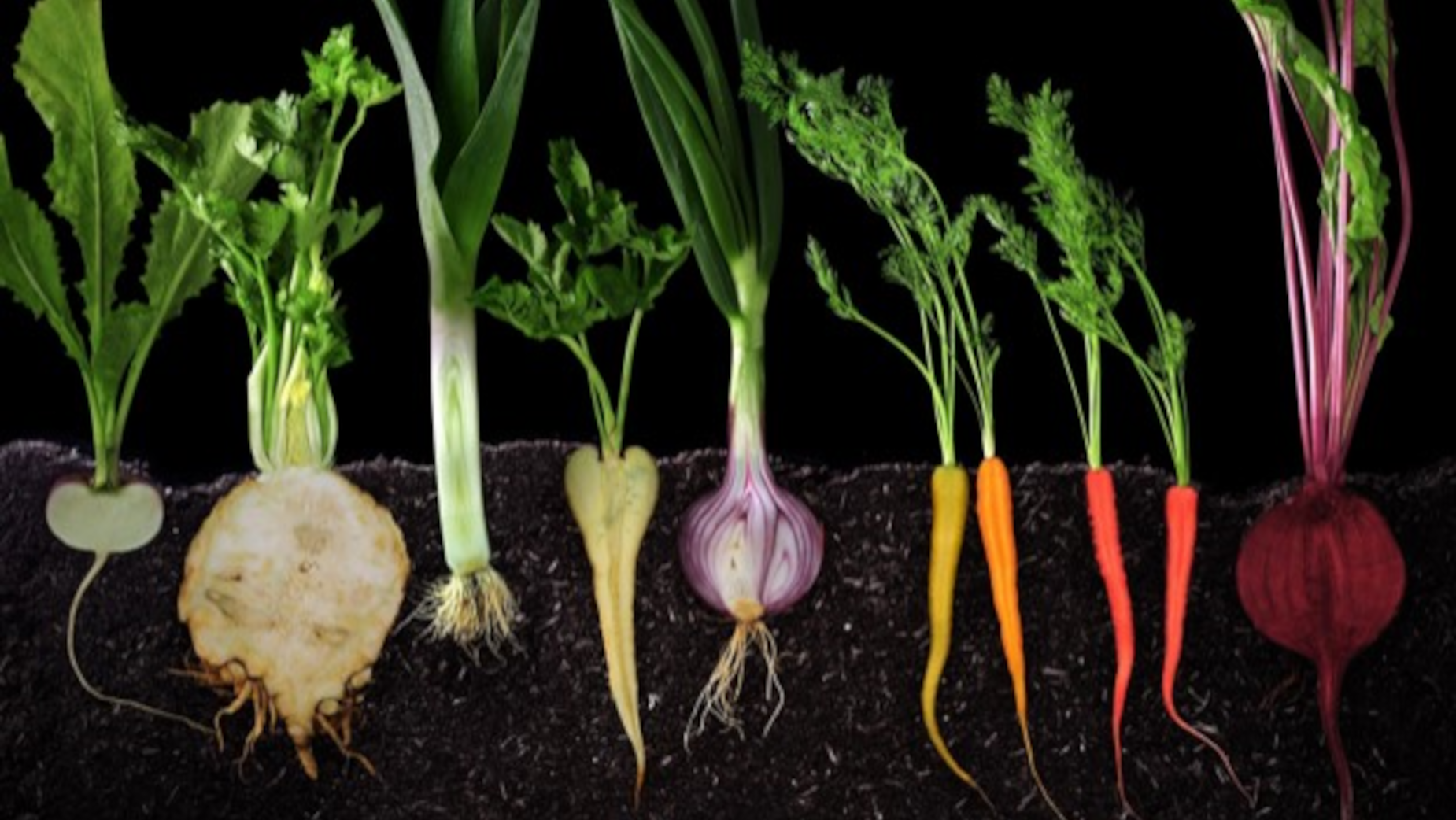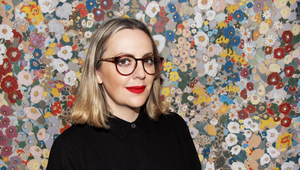
Finding the Beauty in Food with FoodFilm

Michael Roulier and Philippe Lhomme are FOODFILM. The food directors have created stunning films for brands such as M&S, Sainsburys, David Jones, Cathay Pacific as well as L’Oreal, Decleor, Hermes and other cosmetic brands. The identity of their visuals is simple but sophisticated with an experimental approach.
Coming from differing backgrounds; Michael Roulier from the high-end photographic world, and Philippe Lhomme as an agency creative director, they understand client goals and are able to guide clients on a reassuring path which pushes creative boundaries and creates original, exciting and rewarding films. They are signed to BITE Collective.
Q> Hi Philippe & Michael AKA FoodFilm. We would love to know a bit of background about you and how you met! Tell us how you work together.
Philippe> I studied drawing, graphic arts, photography, and typography at the ESAG (Higher School of Graphic Arts) in Paris before quickly moving on to magazine layout, designing logos, and packaging.
I took on the artistic direction of a well-known French brand of frozen products and I had to produce numerous photos for the brand and collaborated with various photographers. As the art director, I quickly developed a close working relationship with Michael, who was responsible for many of the images. That's how we met and began working together.
Over a decade ago, I suggested to Michael to collaborate on creating the first films for this brand. Both of us transitioned our careers towards filmmaking. We are both creatives, I am not particularly technical, which falls more into Michael's domain, but I can draw storyboards.
Q> Do you think shooting food is constantly evolving? And do you find new innovative ways to keep up with the trends?
Michael > I think that food is always developing. Back in France, Philippe and I were part of the few people who understood that food had to evolve. It all started 15 years ago when food became the focus for UK brands such as M&S and Waitrose. They had a vision of how food should look but it was more a ‘lifestyle’ than still life. It was really inspiring. Techniques were changed and beautiful books such as Food Illustrated were created where food was more art that created emotion. This was something that had never been done before.
Back to modern times and the real challenge is social media which has shifted focus. Everyone is a ‘food photographer’ and puts their plate of food on Instagram. But to make it look good is another story.
Q> You said before that you like the food to speak for itself. How do you create this effect?
Michael > We never use CG even though people think we do. We really focus as to what is happening on the plate; the colours, textures and how the food will behave when you add movement. We believed we could create stories and narratives concentrating on the look and feel. Nobody else was really doing this. Food is beautiful! Food is texture! Food is alive!
I know people say our images make us feel hungry, but I don’t have this feeling at all! It’s an extremely visual process for me. The emotion comes from the way we try to animate the food using different techniques. We don’t use robots, normally we try manual tricks to make the food move and create energy. I think our work is very energetic.
Emotion comes from the composition of the image. The emotion is in every detail and how the way things come together. It’s really second nature to us. As a photographer I composed food for many many years. I wouldn't let a food stylist touch the subject, I was right in there getting my hands dirty and I like to keep the lighting super simple. We still get a lot of compliments on our lighting design to this day.

Q> What is the work you produce that you're the most proud of?
Michael> That’s tricky as for me it's always the last work I did. Every time a new project comes to the table, I’m super enthusiastic. I really like challenging myself.
Philippe> I love all our films. I am very proud of them. I feel like we evolve with time.
Q> You've previously worked in fashion and luxury, but have said shooting food is the trickiest genre.
Michael> I was in luxury and fashion for a long time as a young photographer for brands such as Hermes and Gallery Lafayette before I slowly drifted into lifestyle. I believe every experience makes an imprint on your future work and that fashion has influenced my photography. Remember food wasn’t glamorous back in those days, restaurant chefs were not considered rock stars but I found a completely different world when Philippe asked me to do some food tests and I was introduced to food photography. I felt I had creative freedom!
It's a complex genre, it's difficult to make food beautiful as you really have to look for the beauty. In fashion you have a gorgeous woman and beautiful clothes but if you can’t make a good picture, you’re a bad photographer. But it’s much, much harder to make a steak look good!
I’m very aesthetic, I want my images to be very very beautiful and perfect. This is where Philippe comes in and says ‘let it go’.
Saying this we still work across cosmetic brands such as L’Oreal, Neutrogena, Decleor and we use the same methods as we would for food taking our skills to a more conceptual level.
Q> Would you say, do you think you push boundaries?
Michael > I think it’s really important for us to have creative freedom in our work, we were always quite progressive in our field.
One of the first projects we did together was for a French coffee brand called Carte Noire. We were trying to find interesting ways to shoot recipes and create a story. The client gave us free reign to do ‘whatever we want’ around his product. So we had a play around, we filmed with our hands and had people cooking then Philippe came in and said, “let’s do a moving tableau”. We animated all these things in a really graphic way, finding our own unique style. I started to explore robotics and create incredible camera movements. Ultimately we wanted to create elegance on a plate.
So did we push boundaries? Perhaps. We wanted to be elegant, a bit cool and have a refined way of looking at things.
Q> What are the main challenges you face today?
Michael > As I’m sure many companies would say the same: Budget restraints. Of course as we mentioned, the ever evolving social media platforms can be a little challenging but we’re happy to adapt to what is thrown at us. The biggest problem is tighter budgets and little time. And if there is little time, there isn’t the luxury of exploration on set.
One client didn’t want us to have a fixed script so we would have a ‘shooting session’ instead. Philippe and I spent a week exploring the work and the product, trying many concepts and methods. This was how we worked with this client. We made shooting lists and decided whilst on set how we wanted to shoot it. We had some ground rules of course, but we shot everything handheld and we were exploratory as we had all this freedom to be creative. Very few clients are brave enough to take this risk.
Q> What's next for FoodFilm? What would be your dream brief?
















